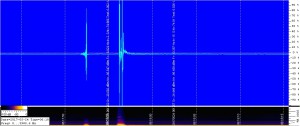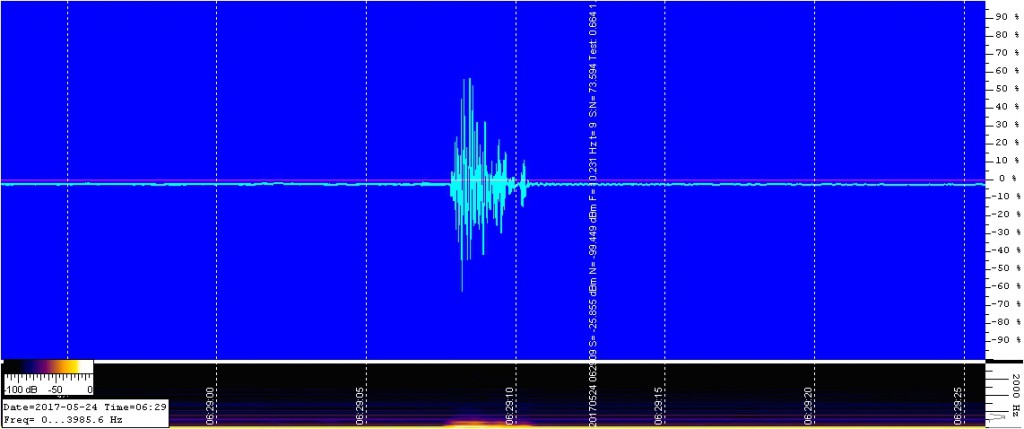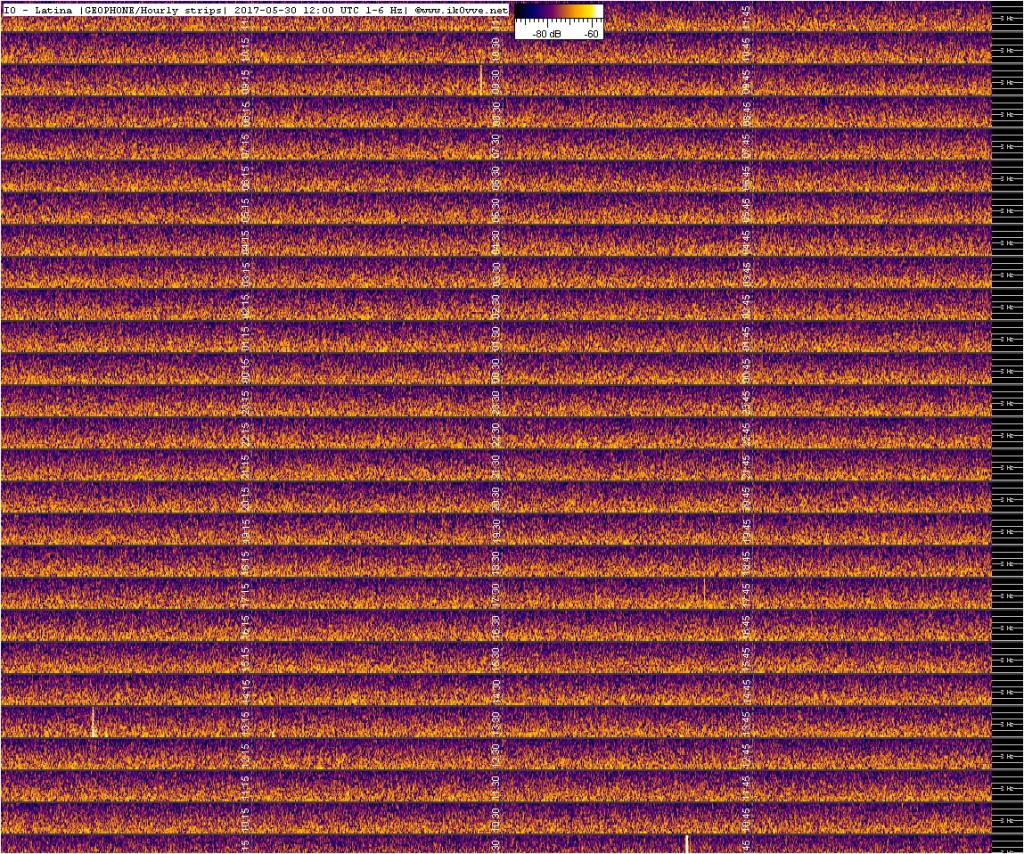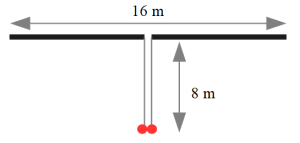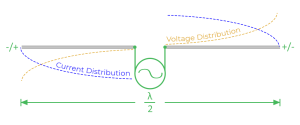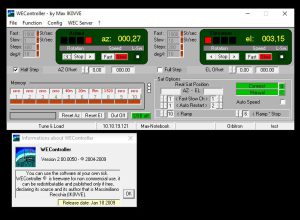All this started when I decided to move my home made geophone from my lab room to my cellar at about 3 meters under the ground.
It was a better position for this device because of absence of electro-magnetic noise. Only a simple 220VAC socket and an incandescent lamp are located in the cellar, no other electric or electronic device, surrounded by reinforced concrete and innocent camping tent, skis, bikes, etc…
So, just for this electric “loneliness” it was difficult for me to have a connection with the PC located about 3 floors up. The only way was to use the wireless house net with a repeater on the first floor, but how to connect the geophone amplifier to SpectrumLab? Should I to transform analog signal into data signal? Than back to analog-digital signal. I’m too lazy for these.
An old Samsung smartphone was into my lab powered off from a while, so i tought: why don’t exploit the embedded smartphone technology for my goals?
I’ve dowloaded and tested some applications for the smartphone to stream audio by its wifi connection creating a simple audio server.
The easiest and lighter application that I supposed it to work well is free and it’s name is Wireless Mic.
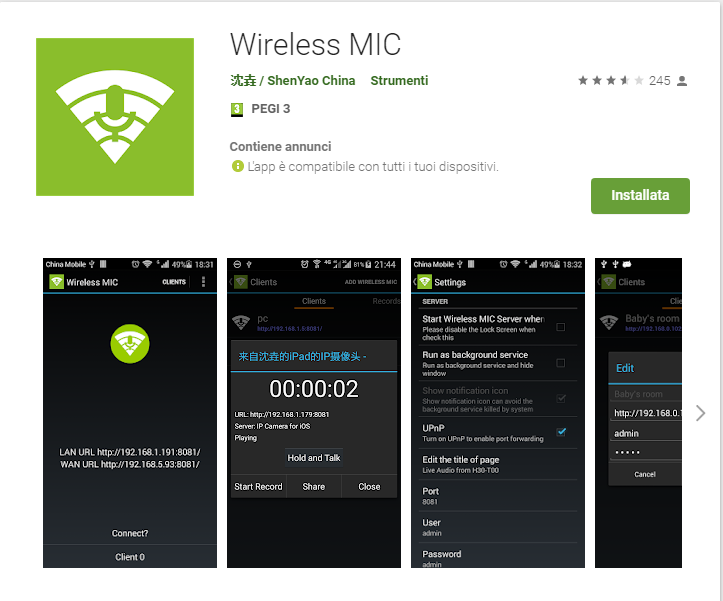
It is very easy to use and configure, moreover latency is very low, it didn’t load the old smartphone CPU, in general it don’t require many resources, this absolutely avoid audio flow interruption.
I connected the output from the geophone amplifier to the headphones-microphone input of the mobile phone, a capacitor separates eventual DC continuity. After some regulations for audio strenght and IP configurations for intranet comunication I tried to receive the stream in my LAN.
To get and listen the stream I’ve used the freeware VLC media player software, it can simply manage a network flow just writing server IP address and port.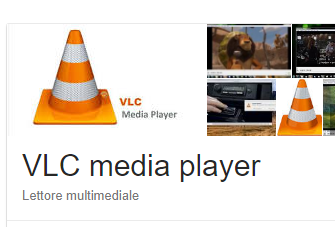
Just started the player I was sure that connection was ok, of course audio was non audible because of the low audio frequency, this was the big question, would this system transport a so low frequency audio signal? To see if all was right I’ve send the signal from VLC media player to a VAC (Virtual Audio Cable) to pass the signal to SpectrumLab, unfortunately SL at the moment can’t receive direclty a compressed audio stream.
With my big surprise all was working perfectly! Great! Giving some weak touch close to the probe I saw the signals on the low frequencies of the spectrum. Another test was made injecting a sub audio signal to the smartphone.
I’ve tested with success this system also for VLF reception for about a couple of months before to move it all into the cellar.
I’ve tried this system with other smartphones and I’ve find that not all models can manage well the audio, some phones use to cancel what they consider an audio noise, like for embedded microphone, also from headphone-microphone plug so to get out a too digitized or weak sound. Some models can manage this some not. The old Samsung made its dirty job well.
As power supply you can choose for a big 12V gel battery and a 5 V stabilizer to keep in charge the phone battery or a wall power supply, this second solution doesn’t give the safety from AC noise but you can build your own low noise one.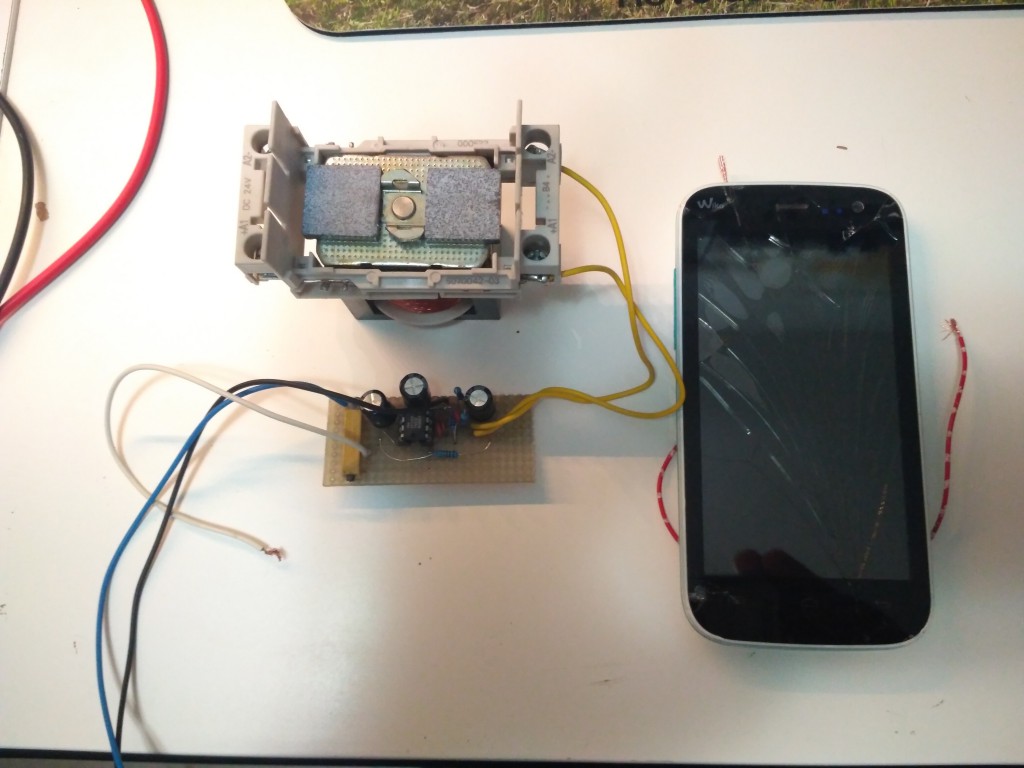
Here some pictures of the remote cellar seismograph:
